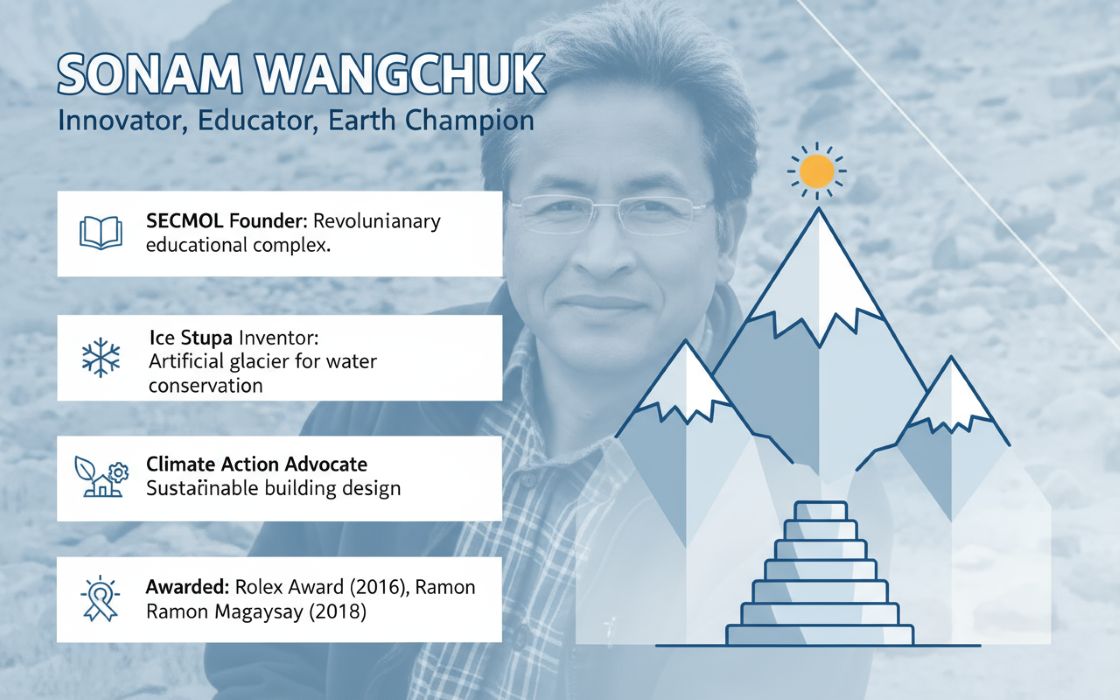Access to healthcare should not depend on a pin code, yet for millions in rural India, it still does.
Rural healthcare in India presents a paradox: while corporate CSR contributions to the sector are significant, many interventions fail to leave a lasting imprint once the funding cycle ends. This makes it imperative to shift the conversation from short-term financial aid to sustainable, community-centered solutions.
In this article, Parul Mittal, Director at Greenlam Industries Ltd., underlines how corporates can play a transformative role by investing in resilient infrastructure, equipping frontline workers, and fostering preventive healthcare practices. A seasoned leader known for balancing business growth with sustainable impact, Parul brings a nuanced perspective on why CSR in healthcare must go beyond funding and focus on building systems that truly endure.
Scroll down to read the full article.
Bridging the Rural Healthcare Gap: Why Corporate CSR Must Go Beyond Funding
Every year, corporates set aside significant sums from their CSR budgets for healthcare. On paper, this should mean rural healthcare is steadily improving, but the ground reality tells a different story. Projects often begin with energy but lose momentum once the funding cycle ends, leaving communities to face the same challenges once again.
When you compare rural areas to cities, the differences are striking, especially in healthcare. While rural communities have health centers, these centers frequently struggle to provide consistent care. They may lack enough staff, have outdated equipment, or offer services that aren't always available. This means families often travel long distances, only to find that the help they need is limited or unreliable. As a result, people put off seeking medical attention, and minor health problems can become much more serious. So, the real question isn't whether businesses should invest in rural healthcare – many already do. Instead, we need to figure out how to shift from providing short-term financial support to creating lasting, positive change.
Infrastructure That Lasts
The first challenge is infrastructure that does not function consistently. Primary health centres may be present, but unreliable electricity, non-functional equipment, and inadequate facilities often prevent them from serving the community effectively. A clinic without stable power cannot keep vaccines cold or provide safe deliveries, and this erodes trust in the system.
Sustainable solutions are essential to create a lasting impact. For instance, renewable energy can guarantee that health centres remain open and functional, even when local power grids fail. This reliability promotes trust and encourages consistent use of healthcare services. Instead of funding short-term projects, we should look at strengthening existing infrastructure which is the key to building sustainable value and healthier rural communities.
Strengthening the Frontline
The second critical challenge concerns the frontline workers who are the backbone of rural healthcare. ASHA, Anganwadi staff, and village health volunteers are often the only accessible point of contact for families, connecting them with government programs, raising awareness, and promoting preventive care. Yet, these essential individuals are often burdened with these responsibilities while receiving minimal training and limited access to digital tools.
Corporates can significantly empower these frontline workers by investing in targeted training and upskilling programs. Teaching them to navigate government health portals, maintain digital records, and manage patient follow-ups can dramatically improve their effectiveness. While these may seem like small changes, they lead to significant improvements in service delivery. An empowered and well-equipped frontline worker can positively influence health-seeking behaviour across an entire community, making this a key area for corporate investment and lasting impact.
From Reaction to Prevention
A third challenge is that healthcare in rural areas is still largely reactive. Families often seek help only when a condition has become severe. Preventive care, regular check-ups, screenings, or early interventions,is less common. This is partly because awareness is limited, and partly because preventive services are not always easily available.
Corporates can help break this cycle by actively supporting preventive healthcare initiatives. Partnering with NGOs and local leaders to conduct behaviour change communication sessions in villages creates a safe space for families to openly discuss health concerns. Regular health camps, designed to include screenings for conditions like hypertension and anaemia, demonstrate the importance of early detection. By investing in preventionfocused programs, businesses empower communities to reduce the burden of crises and embrace a healthier, more proactive way of life.
A Shared Responsibility
Addressing rural healthcare challenges requires all stakeholders to play their part. Governments bring policies, schemes, and infrastructure and NGOs provide grassroots experience and cultural insight, while local leaders create trust and ensure participation. The corporate role is essential to provide resources, innovation, and project management that make these efforts sustainable. Where others may lack funds or technical expertise, corporates can step in to fill those gaps, ensuring that good ideas do not falter for want of continuity.
It's encouraging that companies are investing in rural health, but persistent gaps show that money alone isn't enough. CSR funding has opened the door, but the challenge now is to step through it with greater purpose, channeling funds into sustainable solutions. care. Rural communities need dependable healthcare, and corporations can help make that possible by moving beyond simple funding to strengthen existing efforts with resources, continuity, and innovation, ensuring their long-term investment creates enduring systems and a far greater impact.





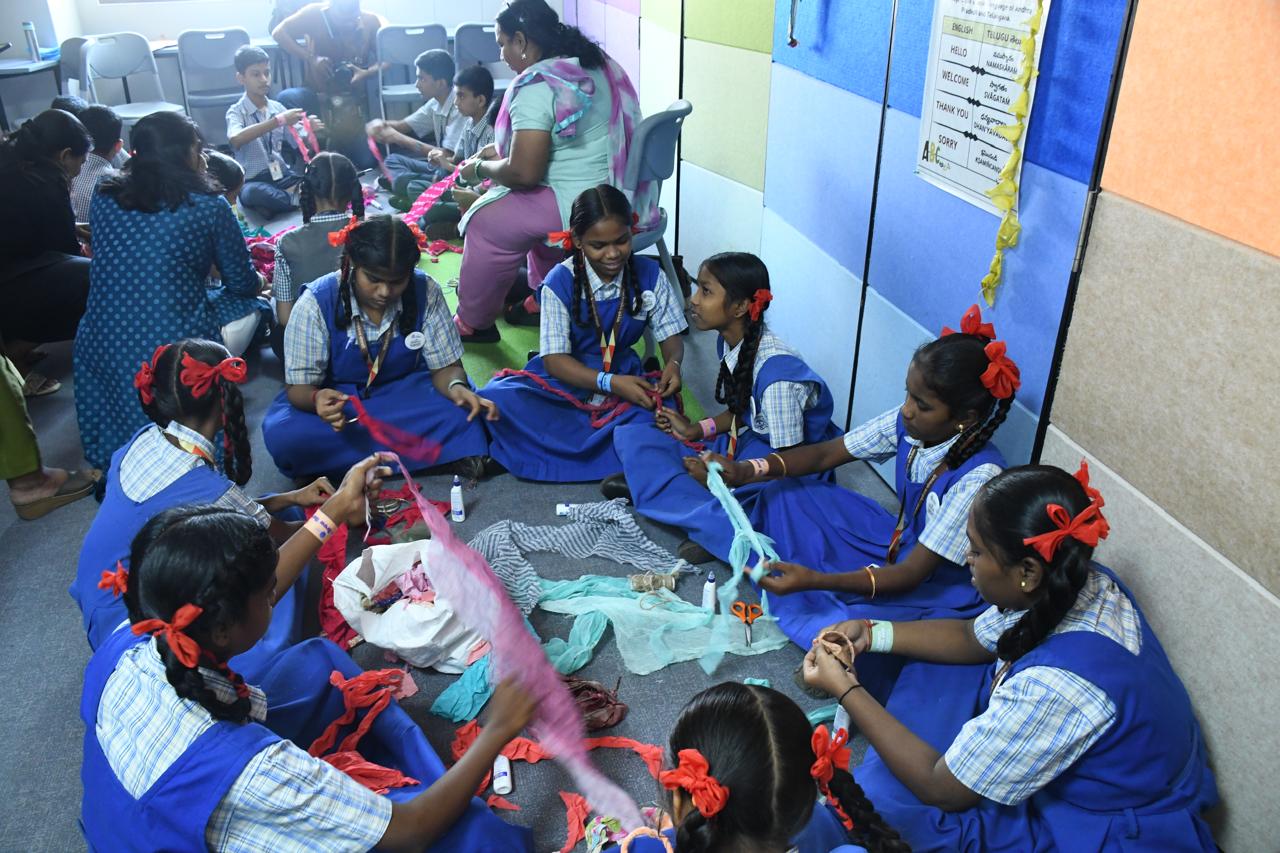


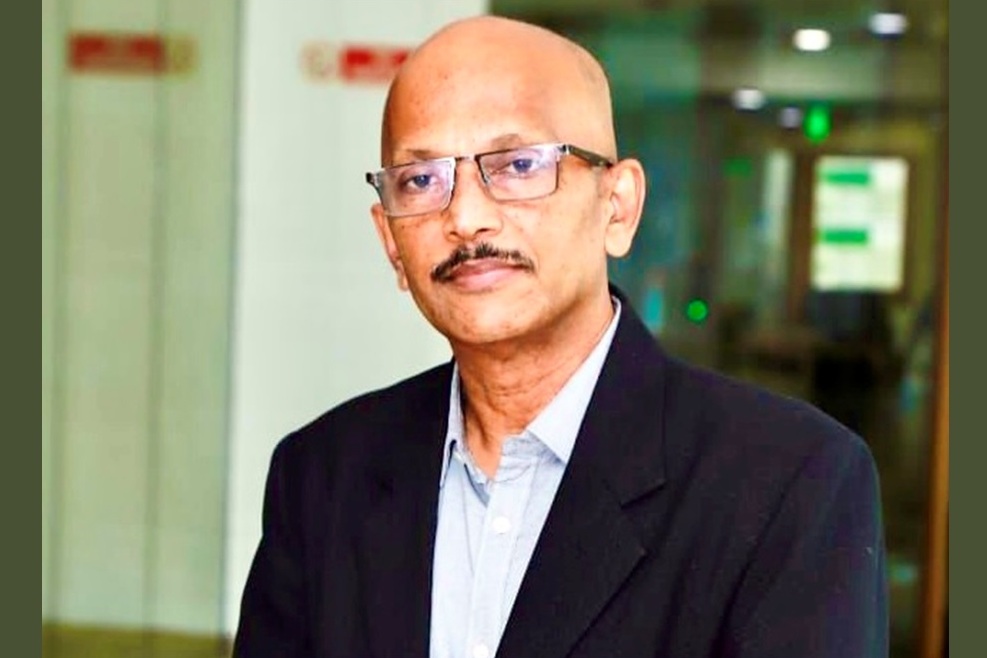
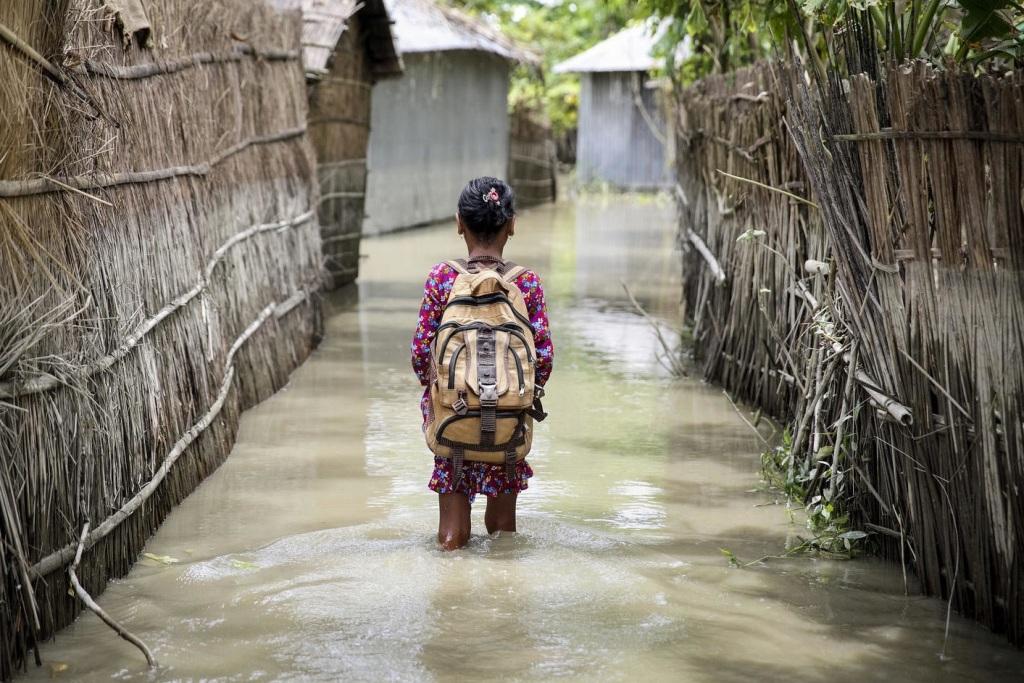

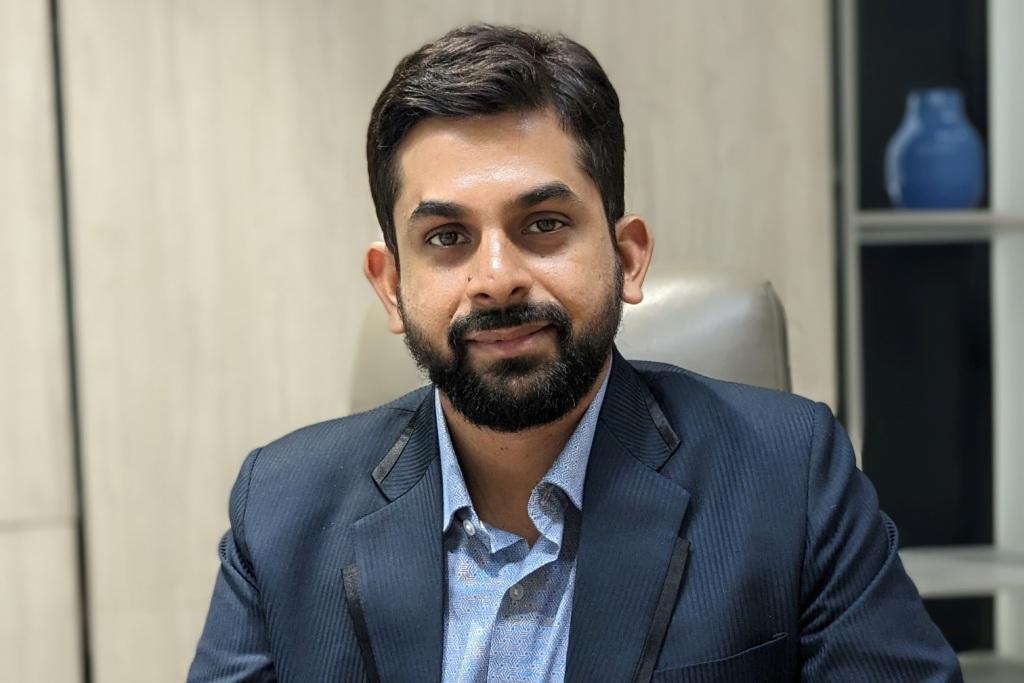

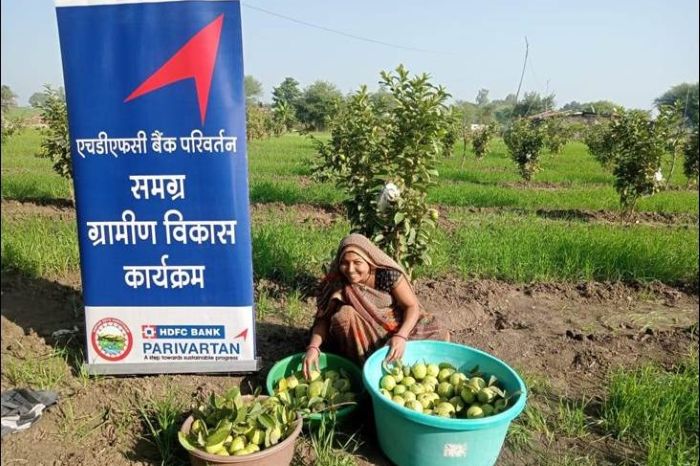
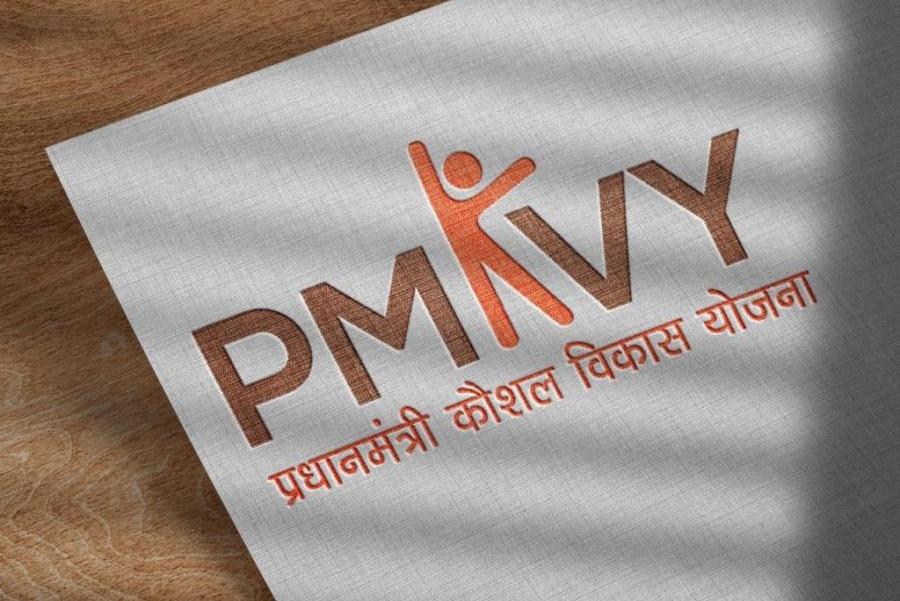

.jpg)

